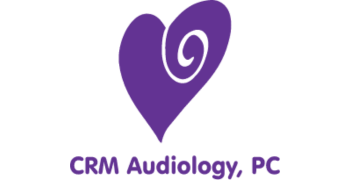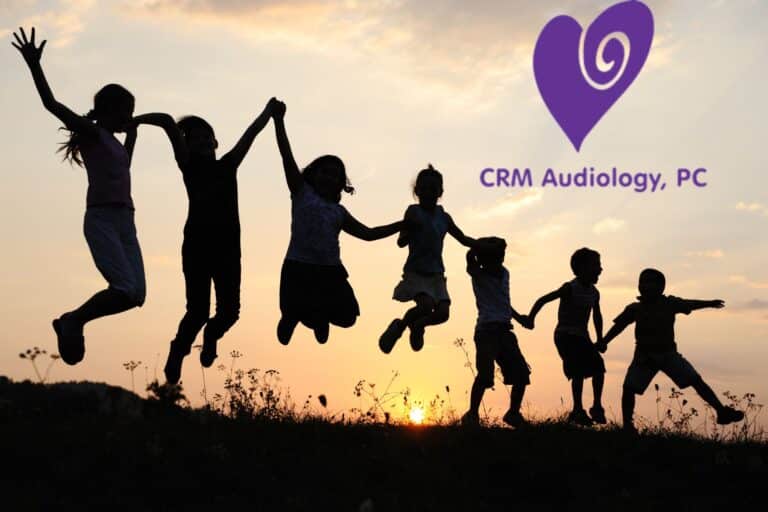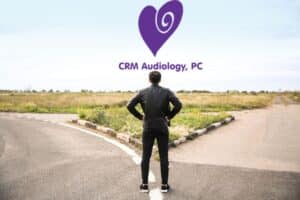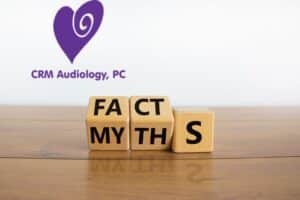Hearing is an essential component of a child’s development, influencing their ability to learn, communicate, and socialize. However, hearing loss in children is more prevalent than many realize, impacting thousands every year. The focus of this article is to elucidate the critical nature of early detection and treatment in altering the developmental trajectories positively for children experiencing hearing difficulties.
Understanding Hearing Loss in Children
Types of Hearing Loss
Children can experience different types of hearing loss, which include:
– **Conductive Hearing Loss**: Occurs when there is an issue in the outer or middle ear preventing sound from reaching the inner ear.
– **Sensorineural Hearing Loss**: Caused by problems in the inner ear or the auditory nerve, this type is often permanent.
– **Mixed Hearing Loss**: A combination of conductive and sensorineural hearing loss.
Common Causes
Some common factors leading to hearing loss in children include genetic predispositions, ear infections, exposure to loud noises, and certain illnesses such as measles or meningitis.
Signs and Symptoms of Hearing Loss
Early Signs in Infants and Toddlers
Parents and caregivers should be vigilant for signs such as a lack of response to familiar sounds, inconsistency in responding to their name, and delays in speech or babbling.
Age-Specific Symptoms in Older Children
In older children, symptoms may include difficulty following conversations, turning the TV volume too high, struggling academically, or frequently asking for repetition.
Importance of Early Detection
Early identification of hearing loss can significantly influence a child’s language development, social skills, and cognitive growth. Regular hearing screenings and check-ups are integral in catching any potential issues early, allowing for timely intervention.
Treatment Options for Pediatric Hearing Loss
Tailored Treatment Approaches
Treatment varies based on the type and severity of hearing loss. Options include:
– **Hearing Aids**: Useful for amplifying sound for those with partial hearing ability.
– **Cochlear Implants**: Suitable for children with severe hearing loss where hearing aids are ineffective.
– **Therapy**: Speech and language therapy can play a supportive role in treatment plans.
It’s crucial to develop individualized treatment strategies tailored to the specific needs of the child.
Role of Parents and Caregivers
Support and Advocacy Tips
Parents can create a supportive environment by using visual cues, ensuring effective communication, and incorporating assistive technology. Being informed and advocating for your child’s needs are vital steps in providing the best care and support for their hearing health.
In summary, early detection and prompt treatment of hearing loss in children can lead to better developmental outcomes, enhancing their language, social skills, and educational performances. We encourage parents to consult with hearing care professionals regularly to ensure the best for their child’s hearing health.



